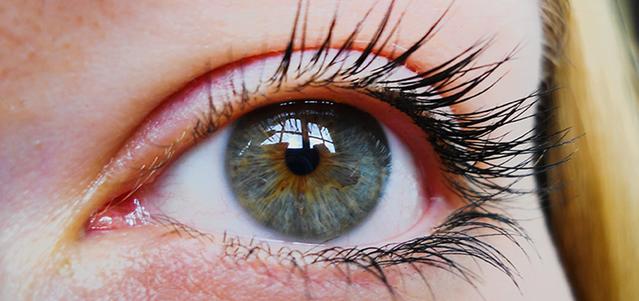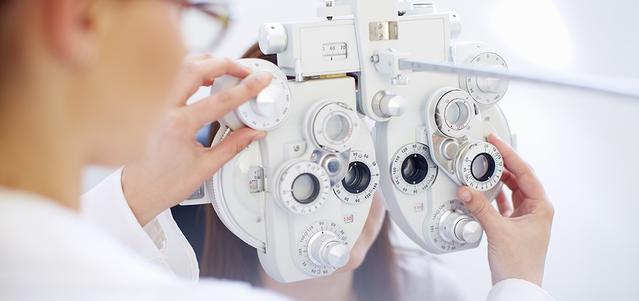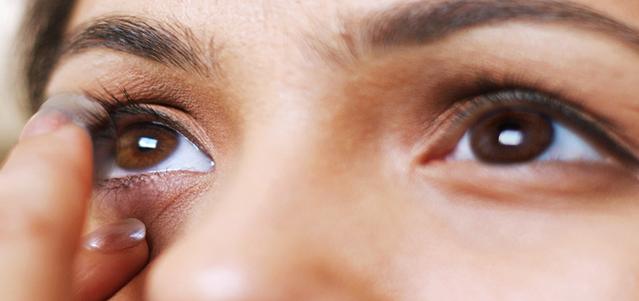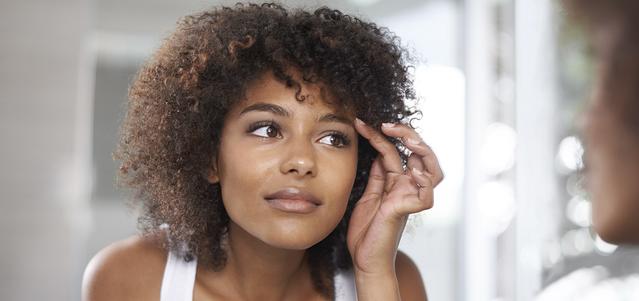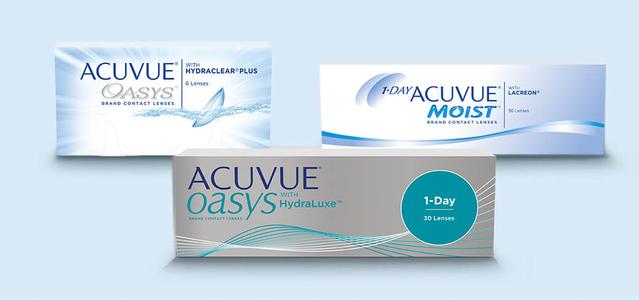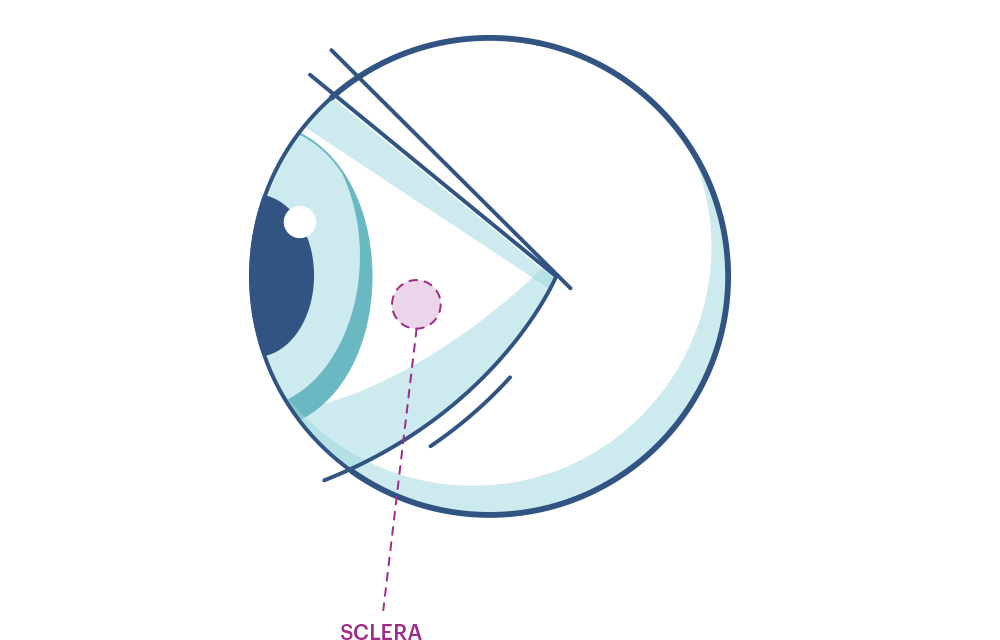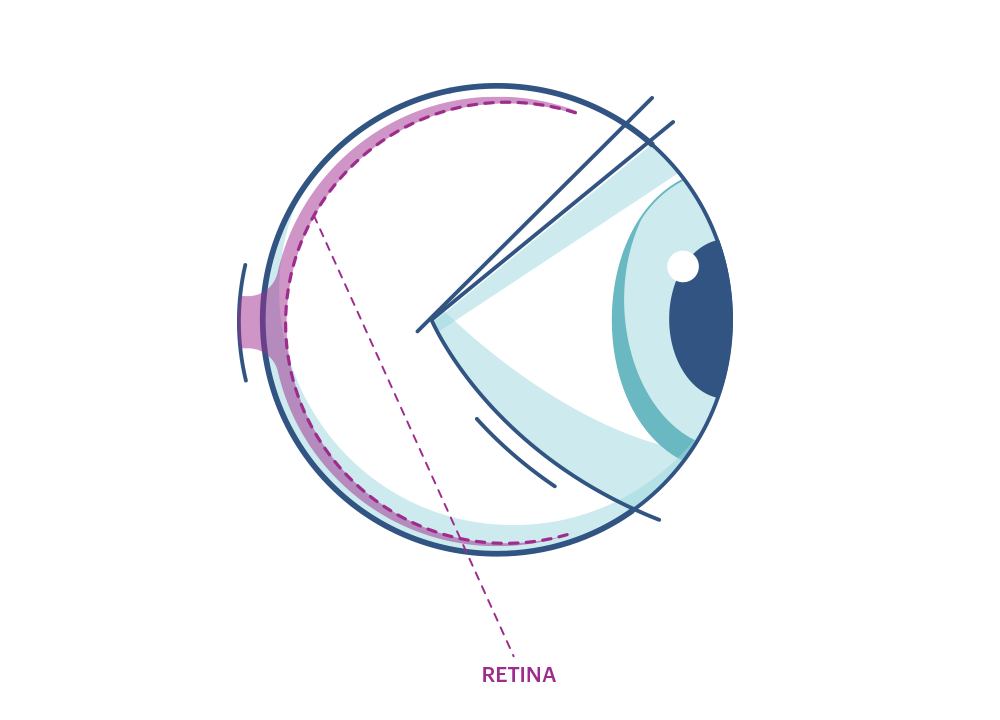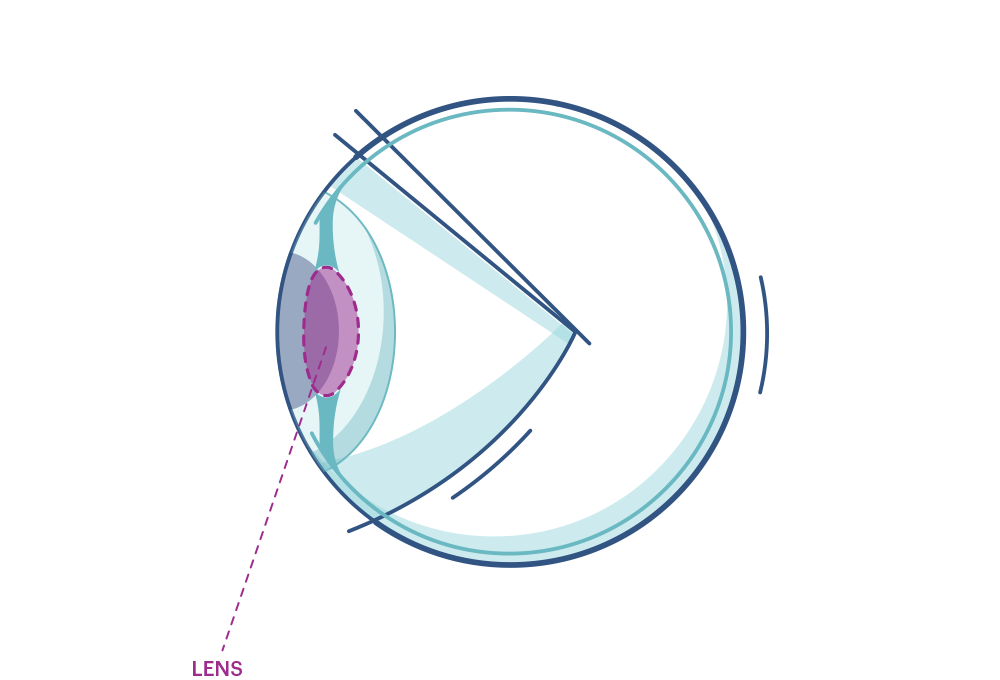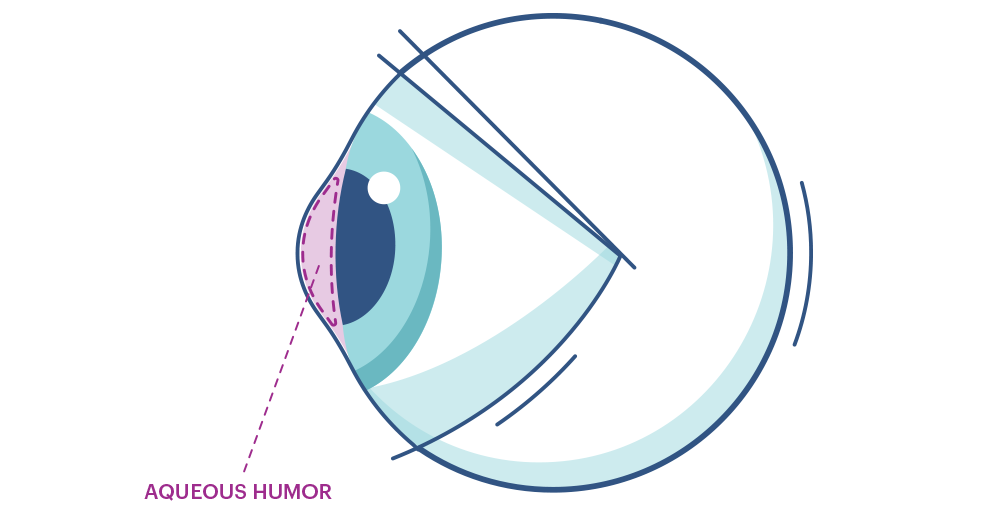THE ANATOMY OF YOUR EYES AND HOW IT IMPACTS YOUR VISION
Your eyes are complex, delicate and expressive ‘windows to your soul’. But how do they see?
Your eyes receive light and transmit detailed messages to your brain, which interprets them as images. Each part of your eye has a different specialised role in transmitting these images.
Your eye is a small approximate sphere consisting of a coat with a clear gel and specialised components within. The coat has three distinct layers, each with its own set of functions:
Outer layer: Sclera
The sclera is the tough, protective ‘white of your eye’, which is opaque. At the front is the cornea, a transparent window which allows light to travel into your eye. Around the cornea, a thin, clear membrane called the conjunctiva helps to protect the rest of the front of your eye and the inside of your eyelids.
Middle layer: Choroid
Behind the sclera is the middle layer, the choroid. This is dark to prevent light reflecting within your eyes and contains mostly blood vessels to nourish your eyes. At the front of the choroid is the iris, which gives your eyes their colour. Your pupil is the circular opening, like a black dot, at the centre of your iris. Muscles in your iris control the size of your pupil to let in more or less light.
Inner layer: Retina
Your retina’s job is to capture light information that the main nerve in your eye (your optic nerve) sends as nerve impulses to your brain. Your brain then translates these messages into images. On your retina, two types of light-sensitive cells – rods and cones – capture light rays. Rods help you to see in dim light, whilst cones enable you to see detail and colour.
The lens
The lens of your eye is transparent and flexible. It focuses light onto your retina. For precise tasks, light is focused on the centre of your retina, in an area called the macula. Muscles around your lens control its shape, allowing you to see objects at different distances.
The rest of your eye
The cavity between your lens and cornea contains a liquid called aqueous humour. A jelly-like substance, called vitreous humour, fills the cavity behind your lens. The aqueous and vitreous humours help to give your eyes their shape.
HOW YOUR EYES SEE
- Light enters your eye through your cornea, which bends the light.
- Your pupil adjusts in size, getting bigger in dim light and smaller in bright light.
- Light passes through your pupil, onto the lens, which changes shape to focus the light onto your retina, according to whether you are looking at a near or far object.
- Rod and cone cells in your retina absorb the light and send messages to your brain via your optic nerve. Your brain interprets these messages into an image.
Given the complexity of the eye, it will come as no surprise that they may not always work quite as they should, which can result in difficulty seeing clearly. Vision problems such as long-sightedness short-sightedness and astigmatism are very common. If you are experiencing problems with your sight, always consult an optician to schedule an eye examination. You can use our search tool to find one near you.
†Please note professional eye examination and fitting fees may apply. UK residents 18 or over only. One trial per person. Eligibility subject to optician approval. Participating opticians only. See link for full terms and conditions.


